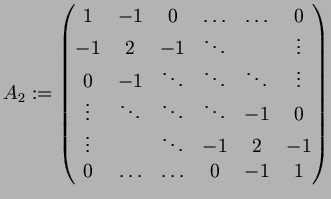Next: 3.6.3 Quantization Up: 3.6 JPEG Previous: 3.6.1 YUV
The Discrete Cosine Transformation is a variant of the Fourier-Transform
(Fourier-Series). The basic idea behind these transformations is that
any (periodic) function can be decomposed in sine and cosine functions
with frequencies being multiples of the given periodicity.
Consider the symmetric ![]() -matrix
-matrix

 |
 |
|
 |
 |
|
 |
 |


 |
||
 |
||
 |
 |
 |
||
 |
||
 |
||
 |
The 2-dimensional DCT is now defined by applying the 1-dimensional DCT to rows and columns, i.e.


See also www.ztt.fh-worms.de/.../node34.html
Andreas Kriegl 2003-07-23